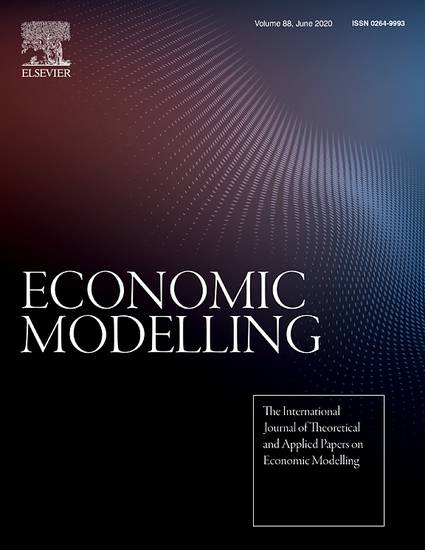
Article
Time-varying Money Demand and Real Balance Effects
Economic Modelling
(2020)
Abstract
This paper presents an analysis of the stimulants and consequences of money demand dynamics. By assuming that household's money holdings and consumption preferences are not separable, we demonstrate that the interest-elasticity of demand for money is a function of the household's preference to hold real balances, the extent to which these preferences are not separable in consumption and real balances, and trend inflation. An empirical study of U.S. data revealed that there was a gradual fall in the interest elasticity of money demand of approximately one-third during the 1970s due to high trend inflation. A further decline in the interest-elasticity of the demand for money was observed in the 1980s due to the changing household preferences that emerged in response to financial innovation. These developments led to a reduction in the welfare cost of inflation that subsequently explains the rise in monetary neutrality observed in the data.
Keywords
- Time-varying money demand,
- Real balance effect,
- Welfare cost of inflation,
- Monetary neutrality,
- Money,
- Inflation,
- Financial innovation
Disciplines
Publication Date
Spring May 1, 2020
DOI
10.1016/j.econmod.2019.07.020
Citation Information
Jonathan Benchimol and Irfan Qureshi. "Time-varying Money Demand and Real Balance Effects" Economic Modelling Vol. 87 Iss. 1 (2020) p. 197 - 211 ISSN: 0264-9993 Available at: http://works.bepress.com/jonathanbenchimol/9/
